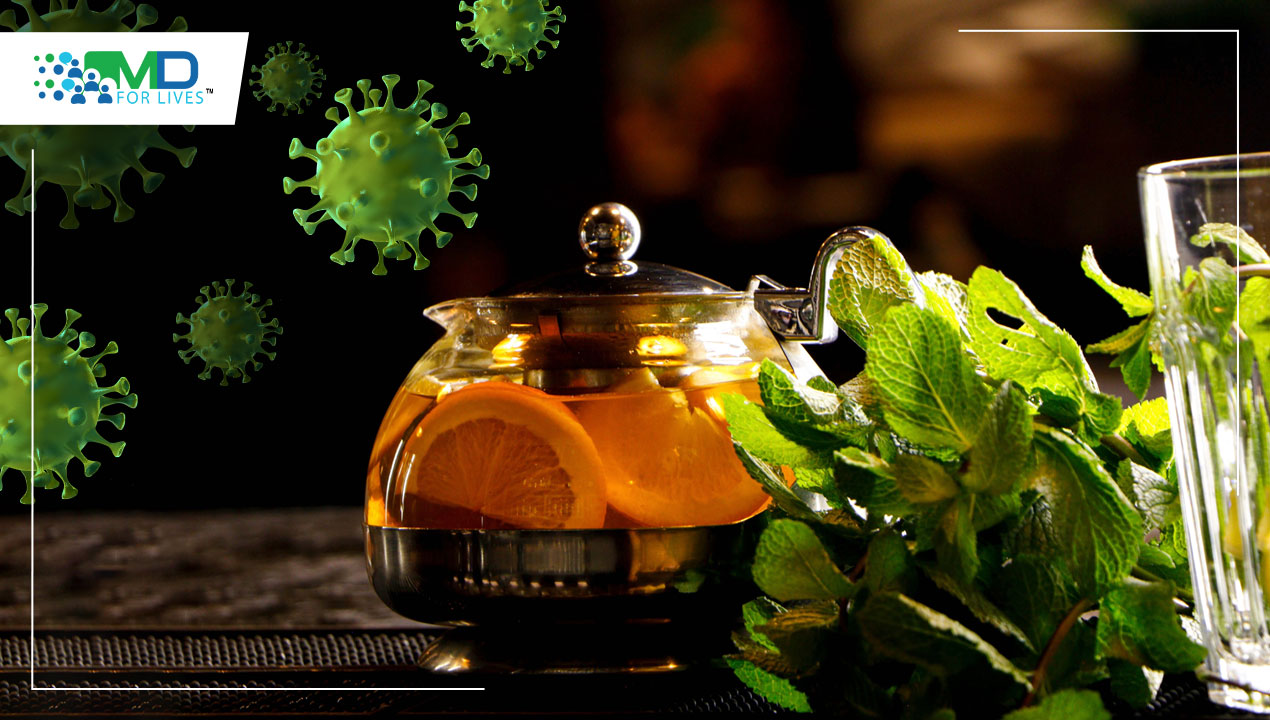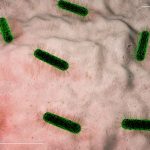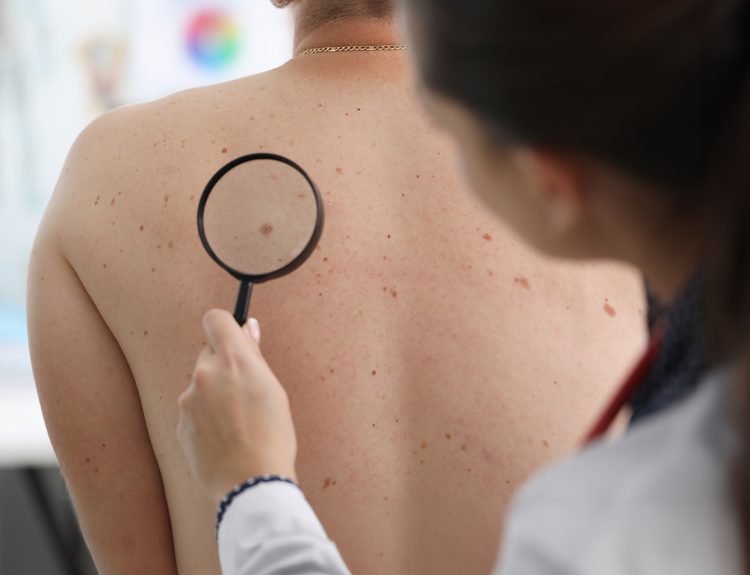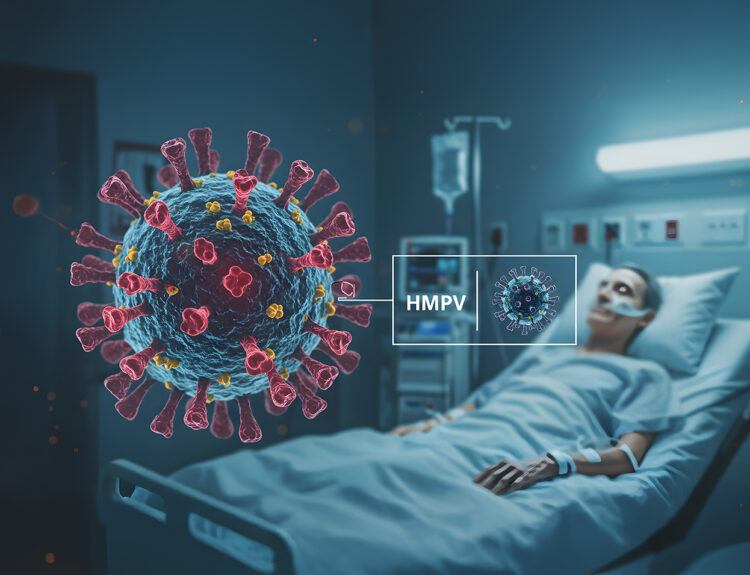Red wine, olive oil, and green tea are three naturally occurring substances that have the potential to be turned into coronavirus-fighting drugs. All three compounds are already used as active components in existing medications, according to research published in the journal Communications Biology by a team led by Christian Betzel from the University of Hamburg and Alke Meents from DESY. X-ray screening identifies compounds that inhibit a key coronavirus enzyme. At DESY’s X-ray source PETRA III, a sizable library of natural substances was thoroughly screened, and the results showed that the compounds bound to a key enzyme were required for coronavirus replication.
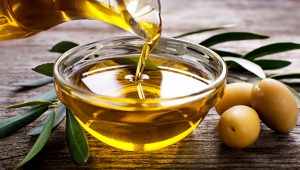
With over 173 million cases, the severe acute respiratory syndrome coronavirus 2 (SARS-CoV-2) that causes the coronavirus disease (COVID-19) continues to wreak havoc on the world. Although there are a number of treatments being tested to stop serious illnesses, there are still no approved therapeutics for the infection.
With numerous infections and fatalities, the coronavirus disease COVID-19 caused by SARS-CoV-2 continues to be extremely harmful. In just one year, a number of licensed and highly effective COVID-19 vaccines were created globally. But because these vaccines are not universally available, new SARS-CoV-2 variants have already emerged, which could have an impact on the effectiveness of the currently available vaccines in the future.
Coronaviruses’ positive-sense single-stranded RNA genome encodes 16 nonstructural polyproteins (nsps 1–16). The Papain-like protease (PLpro) domain is found in the nsp3 gene, which encodes the largest mature SARS-CoV-2 protein. PLpro is required to recognize and cleave the LXGG motif within preprocessed polyproteins between nsp1/2, nsp2/3, and nsp3/4 into functional units for viral genome initiation, replication, and transcription.
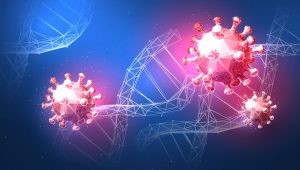
The papain-like protease (PLpro) enzyme is essential for virus replication. When a cell is hijacked by a coronavirus, it is forced to produce components for new virus particles. These proteins are made in the form of a long string. The proteins are then cut from the string by PLpro, which acts like a molecular pair of scissors. If this process is disrupted, the proteins are unable to assemble new virus particles. However, PLpro serves another important purpose for the virus. It inhibits the immune system protein ISG15, severely weakening the cell’s self-defense. The immune response of the cell can be improved by inhibiting PLpro.
For the experiments, PLpro was mixed with each of the 500 natural substances in the solution to give them a chance to bind to the enzyme. It is impossible to determine whether a substance binds to the enzyme using a conventional light microscope. The mixtures were instead used to cultivate tiny crystals. Under the intense X-ray illumination from PETRA III at experimental station P11, the crystals generated a distinctive diffraction pattern that allowed scientists to reconstruct the structure of the enzyme down to the level of individual atoms.
It’s interesting to note that all three substances—YRL, HBA, and HE9—form distinct interactions at the same, as-yet-unidentified ISG15/Ub-S2 allosteric binding site in the thumb region of PLpro and distinctly inhibit PLpro in deISGylation activity assays. All of these lead compounds have the potential to be developed into specific coronaviral PLpro inhibitors because none of them are cytotoxic in cellular cytotoxicity assays. Importantly, in cellular assays, two of them show antiviral activity, and one inhibits cytopathic effects by 60–80% in a non-cytotoxic concentration range of up to 100 µM.
Three phenols interact with the enzyme, according to the screening. One of these, hydroxyethylphenol (YRL), was isolated for the experiments from the Lawsonia alba henna tree. It is a substance found in many foods, including red wine and virgin olive oil. And it is used to treat arrhythmias. The anti-tumor agent hydroxybenzaldehyde (HBA) is also known to hasten the healing of wounds. It was separated from the copperleaf Acalypha torta. Green tea contains methyldihydroxybenzoate (HE9), an antioxidant with anti-inflammatory properties that was isolated from the French marigold Tagetes patula.
These three naturally occurring phenolic compounds, red wine, olive oil, and green tea, unquestionably serve as a building block for future antiviral drug development and optimization aimed at preventing and/or reducing SARS-CoV-2 viral replication, as well as reinstating and supporting the host’s innate immune response.
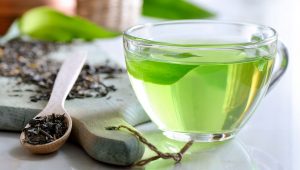

MDForLives is a vibrant community of healthcare professionals and patients dedicated to shaping the future of healthcare. We provide valuable global insights to healthcare companies through online surveys, interviews, and discussion forums.

